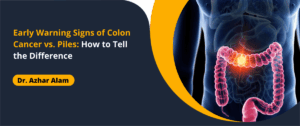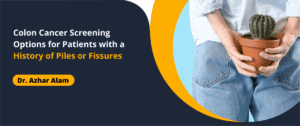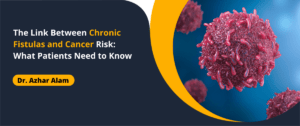
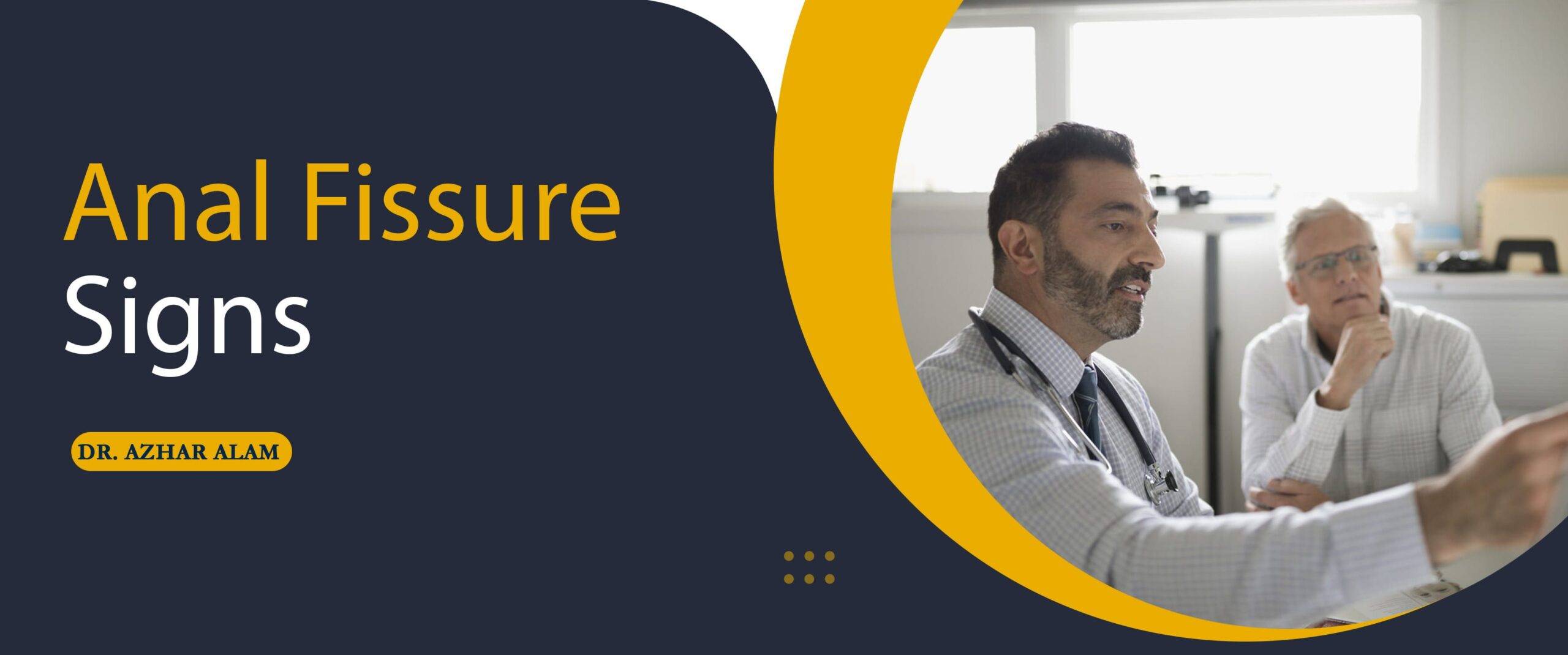
Anal Fissure Signs
The most frequent reason complaints from patients is pain in the rectum. When defecating, there is a discomfort that is described as tearing, glass is cut and felt.
Sign & Symptoms of Anal Fissure
A majority of patients defer the process to ensure that they don’t feel pain. As a result, the stool that’s waiting in the bowels gradually becomes hard and it becomes painful to spit out and then the process becomes into a vicious cycle in this manner. If this happens for longer than 6 weeks, it will become chronic and the pain will decrease slightly.
Another concern is bleeding from the rectal. It’s usually in small amounts and bright red in appearance and is seen near the end of the defecation. Some patients complain of itching. Because of the fluids that leak from the area that has been torn the sensation of itching and a feeling of wetness occur.
Depending on the severity of the chronic anal fissure, there could be a tiny, visible breast located outside the anus (skin tag = hypertrophic or papilla). It’s a stretch of skin which grows slowly as a result of the wound trying to heal itself. It’s a sign that the problem is long-standing and has turned into persistent. If it’s very advanced, it may cause stenosis of the breech.
pain you're experiencing could be due to an anal fissure but not hemorrhoids
The last time I spoke, I discussed about hemorrhoids and the fact that many people who believe they are suffering from hemorrhoids may are actually suffering from another issue. Today, I’ll discuss the other issues that could be.
The most frequent thing that gets misinterpreted as hemorrhoids is the fissure in the anal. The Anal Fissure surgeon are in a position to recognize that the issue is an anal fissure, and not some other issue is through taking note of my patients! You may not believe it, but I do. I don’t need an expensive X-ray, CT scan , or MRI to identify an Anal fissure. The information provided by the patient is nearly always sufficient. What’s the most frequently reported sign? Anal pain, specifically the pain that gets worse during an bowel movement is the most frequent symptoms. One of the most frequent questions I ask patients is “Do you find yourself dreading your stool motions?” If the answer is yes and you do, then an abdominal fissure is likely to be a more frequent diagnosis over anything else.
Also Read: The Stages Of Healing For Fissures – How Can You Repair A Fissure Quickly?
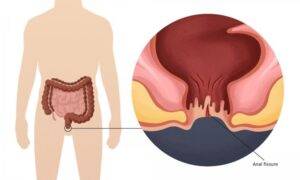
What is the best way to have an anal fissure addressed? The first thing almost everybody needs is an increase in fiber intake. I usually suggest a fiber supplement that should contain the ingredient psyllium. This could be Metamucil(tm), Konsyl(tm) or the psyllium the husk. Other options for Anal Fissure treatment include topical cream, for example either nitroglycerin or diazem.
Some patients do suffer from a fissure creating severe pain or has been present for too long to be in danger of healing using only cream and fiber. These patients will be better advised to undergo surgery for their fissure. An internal sphincterotomy lateral is the most commonly used procedure to repair a fissure. It is a good choice with a success rate of 95% to 98 percent. The drawback to this method is the possibility of incontinence. Fortunately, it is rare and, when it does happen, it is not often serious.
Anal fissures are one of the most straightforward issues to solve during my clinical practice. The procedure is quick and patients can return to work normally in just two or three days. I have many patients who tell me, “I don’t know why I’ve been waiting so for so long!”
About Docor

Dr. Azhar Alam
MBBS (Honours), MRCS A (UK),
DNB General Surgery
FIAGES (Gastro Intestinal Surgery)
FMAS (Minimal Access Surgery),
MNAMS (New Delhi)
Consultant Gastrointestinal, Advanced Laparoscopic and Laser Surgeon
Assistant Professor of Surgery, KPC Medical College and Hospital
